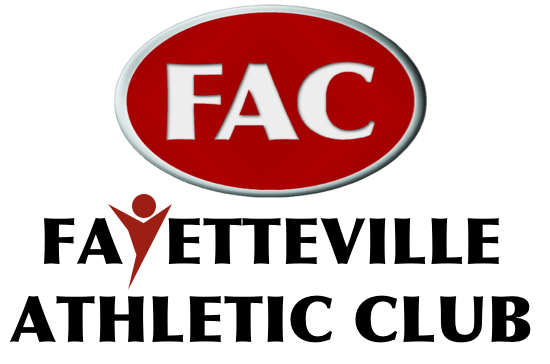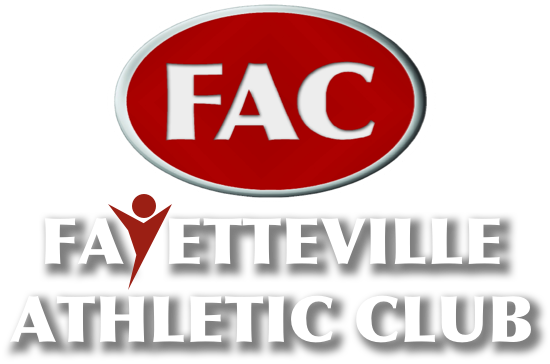Doubles Tips
1.) Move with your partner. If your partner is moving left, you move left. If your partner is moving back for an easy OH then start closing forward and look to poach. If the lob goes over your partner’s head then start running back.
2.) Do not be an alley protector. Alley protectors UNITE in the middle of the court. If someone beats you by consistently hitting winners down the alley then too good!
3.) If you have a low or difficult shot, hit the ball to the baseline player. If you have a high or easy ball, hit the ball to the net player.
4.) Play down the middle of the court if you are playing against alley protectors but if you are playing a more advanced doubles team then play through them.
5.) If the ball is between an easy shot and a difficult shot and you do not know if you should go to the net player or the baseline player, then hit two balls to one player and then one to the other. When you hit a shot a couple of shots to one player, the other player becomes a spectator and might not be ready for the ball especially after seeing their partner hit two shots.
6.) Focus on making the first 3 shots that you hit every point. For example, serve, first volley, and finishing volley.
7.) If you are playing against a team in which one opponent is clearly stronger than the other opponent, do not simply hit the ball to the weaker player. You need to maintain a balanced attack. If playing against a quality doubles player, the worst thing that can happen is they know where you are hitting every shot. You need to play through the stronger player as well to keep the stronger player honest. A 2:1 ratio of hitting to the weaker:stronger works best.
8.) Your #1 priority when playing doubles is your partner’s emotions! Never turn your back on your partner!
3rd Set Tie-Breaker Formula
1.) Know yourself. Know your strengths and weaknesses. Play to your strengths and away from your weaknesses. It is time for YOUR best stuff, not necessarily your opponent’s worst stuff.
2.) Remind yourself that you are in a great position! However your got there — whether you won the first or second — you have put yourself in a position to win the match! Great job! All you need is 10 focused points, one point at a time.
3.) Have a serving location that you will frequently use. Spin and location. Use it frequently and then mix it up just enough to keep them honest but have a “go to” serve spot that you serve the majority of the points.
4.) Have a specific tactic that you will frequently use. Your goal is to be able to use your tactical play 60-70% of the time. If you do that, then you should feel very good about your chances. Remember, it is about what you do well!
5.) Have a mental, emotional, or physical goal. For example, to show positive emotion at some point, to do ready steps before every point, or to go to the towel between each point. Something that will help you perform mentally, emotionally, or physically better.

